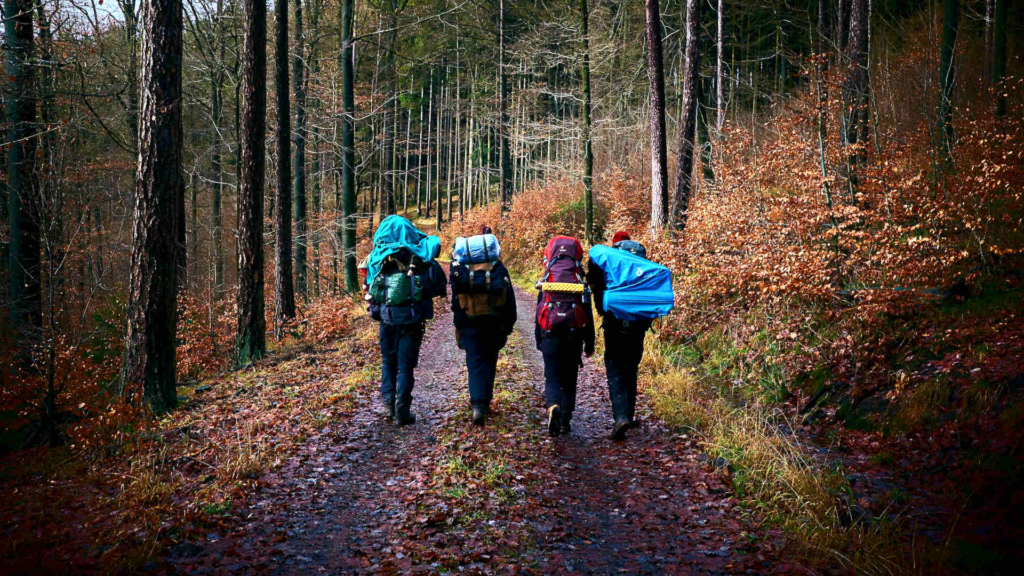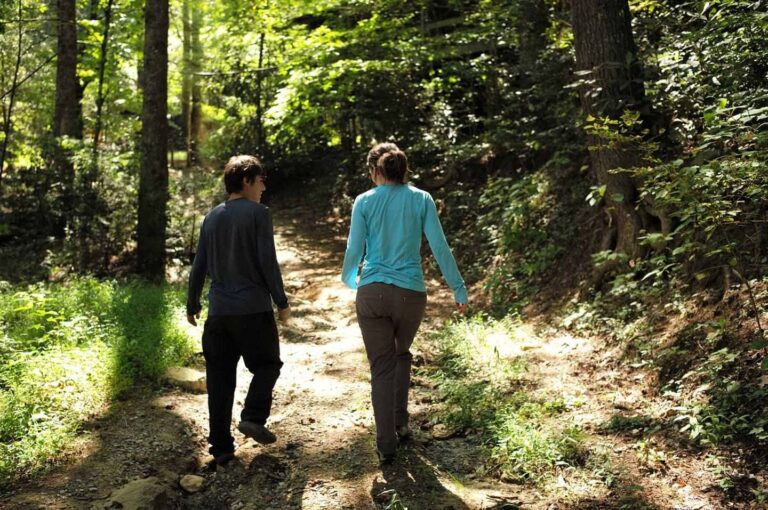The tragic incident at the Trails Wilderness Program has sparked widespread concern and grief. This in-depth and human-written article aims to comprehensively analyze the circumstances surrounding the Trails Wilderness Program death. By exploring various aspects of the program, the nature of wilderness therapy, and the specifics of the incident, we aim to offer a balanced and informative perspective.
Understanding Wilderness Therapy Programs
Wilderness therapy programs like Trails Wilderness have been discussed in mental health and juvenile therapy for years. These programs are designed to remove individuals, often teenagers, from their typical environment and immerse them.
In nature, it promotes psychological, emotional, and behavioral changes. The therapeutic approach combines group living, survival skills, and counseling, emphasizing self-reliance and personal responsibility.

The Appeal of Wilderness Therapy
For many, the appeal of wilderness therapy lies in its stark difference from traditional therapeutic environments. The combination of nature’s challenges and professional guidance is a potent formula for personal development and healing breakthroughs.
Participants are encouraged to confront personal issues, develop social skills, and build self-esteem in a setting far removed from the distractions and triggers of modern life.
The Trails Wilderness Program
Trails Wilderness Program is a notable example of these wilderness therapy programs. Located in a serene and secluded environment, it promises a transformative experience for troubled youth.
The program includes activities like hiking, camping, and team-building exercises, all under the supervision of trained professionals. These activities are designed for physical endurance and foster emotional and psychological growth.
Program Structure and Philosophy
The philosophy of Trails Wilderness is rooted in the belief that challenging outdoor experiences can lead to significant personal growth. The program’s structure is designed to gradually introduce participants to more challenging tasks to build resilience, self-confidence, and social skills. The staff includes therapists and experienced wilderness guides who provide continuous support and guidance.

The Incident: Trails Wilderness Program Death
The recent incident at Trails Wilderness Program, which led to a participant’s death, has raised serious questions about the safety and oversight of such programs. The death has not only devastated a family but also sent shockwaves through the community of wilderness therapy proponents and critics alike.
Investigating the Tragedy
In the wake of this tragedy, a thorough investigation was launched to understand the circumstances that led to this unfortunate event. Initial reports suggest that the incident occurred during a routine outdoor activity. However, how the program’s safety measures might have failed is still under scrutiny. This investigation is crucial for the bereaved family and ensuring the future safety of wilderness therapy participants.
Safety Protocols and Oversight in Wilderness Therapy
This incident has highlighted the critical importance of robust safety protocols in wilderness therapy programs. While these programs are generally conducted in controlled environments, the unpredictable nature of outdoor settings can pose unique risks.
The Need for Stringent Safety Measures
The safety of participants in any wilderness therapy program should be the foremost priority. This involves not only physical safety but also emotional and psychological well-being. Programs must have stringent protocols for emergencies, regular staff training, and comprehensive risk assessment strategies.
Regulatory Oversight
The question of regulatory oversight is another significant aspect that comes into play. Wilderness therapy programs operate in a niche that may only sometimes fall under the strict purview of educational or health services regulations. This incident highlights the need for more stringent regulatory frameworks to ensure that these programs adhere to the highest standards of safety and care.
The Impact on the Wilderness Therapy Community
The Trails Wilderness Program death has profoundly impacted the wilderness therapy community. It has sparked a debate about the efficacy and safety of these programs, challenging providers and advocates to re-examine their practices and protocols.

Re-evaluating Wilderness Therapy Practices
Many wilderness therapy programs are re-evaluating their practices in response to this tragedy. This includes revisiting safety protocols, staff training procedures, and participant screening processes. The goal is to ensure that such an incident never happens again and to restore trust in these programs.
The Future of Wilderness Therapy
Despite the tragedy, the benefits of wilderness therapy should not be overlooked. These programs have been transformative for many individuals, helping them overcome significant challenges. The future of wilderness therapy lies in finding a balance between the therapeutic benefits of nature and the utmost commitment to safety and well-being.
Conclusion
The Trails Wilderness Program death is a stark reminder of the responsibilities of managing and participating in wilderness therapy programs. It underscores the need to continually evaluate and improve safety standards and regulatory oversight.
As the investigation continues, the wilderness therapy community must learn from this tragedy, ensuring that such incidents are prevented in the future. By doing so, the potential of wilderness therapy to transform lives can be realized in a safe and nurturing environment.

